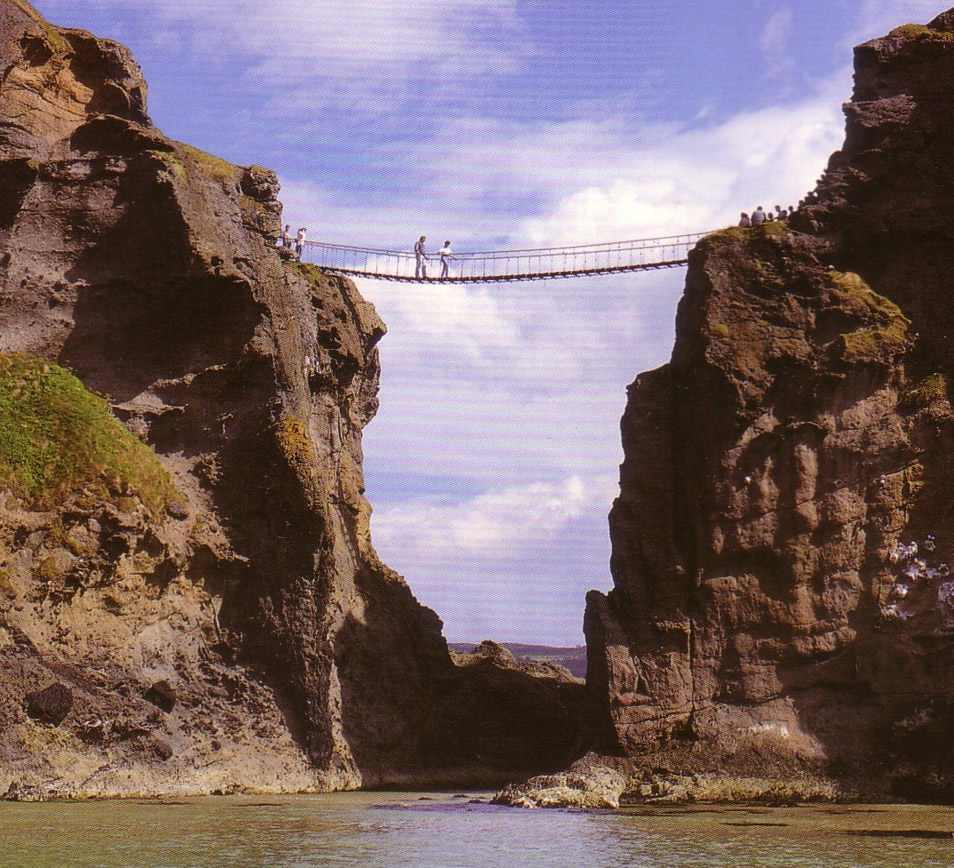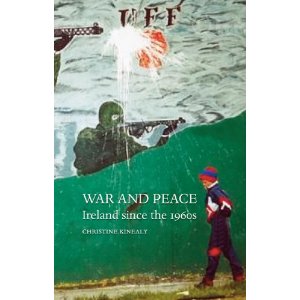
Professor of History
Caspersen Graduate School
Carrick-a-Rede Bridge, Co. Antrim.
| home |
| cv |
| publications |
| current research interests |
| other links |
| contact me |
| PUBLICATIONS | |
|
|
Whatever you do, buy this book Andersonstown News Monday 18 October 2010 Christine Kinealy, War and Peace: Ireland since the 1960s. London: Reaktion Books, 2010 Much of what it contains is not new. Most now know the sorry tale of how suppression of civil rights led to disorder on the streets, how British troops moved from protectors to aggressors, how Bloody Sunday, the hunger strikes, the Anglo-Irish Agreement and then the Good Friday Agreement sent major convulsions then grudging acceptance through large sections of our society. All this Christine Kinealy covers with clarity and energy, and with a quiet authority that’s rare. She’s equally good on the response of the cultural and media world to the conflict. In 1970, we learn, the Abbey Theatre mounted a production called ‘A State of Chassis’ mocking both civil rights protestors and northern loyalists; when Eamonn McCann and a fellow activist mounted the stage to protest, they were first booed and then man-handled from the theatre (and you thought Dublin 4 was a recent phenomenon.) In 1969, the five Protestant owners of The Irish Times expressed concern that their talented editor Douglas Gageby (a northern Protestant) was taking a too-sympathetic line towards northern Catholics. Twenty years later in 1989, The Irish News gave vent to its worries in an editorial: ‘To admit Gerry Adams and colleagues to the public halls of civilised democratic debate is increasingly and properly perceived as deeply offensive and repugnant to Christian and humanitarian standards.’ Revisionist The determined effort of revisionist historians to destroy a nationalist narrative of Irish history is also charted – how Britain’s colonial role in Ireland was consistently denied, how even the presentation of the Famine as the Great Hunger was considered suspect, since it could give ‘ideological bullets’ to the IRA. Nor was the broadcasting muzzle fixed on journalists by the British and Irish governments the only way in which truth was silenced: ‘Censorship within the Irish media... was accompanied by self-censorship by many writers and scholars regarding the conflict in Ireland.’ If you need reminding of the cruelty and injustice visited on this part of Ireland in recent decades, buy this book. If you want developed awareness of the support structure for injustice provided by the press and academia here, read this book. If you know someone whose mind needs opening and/or who’s in need of an absorbing Christmas read, buy this book. They don’t come much better than this. http://www.belfastmedia.com/features_article.php?ID=1350 |
|
